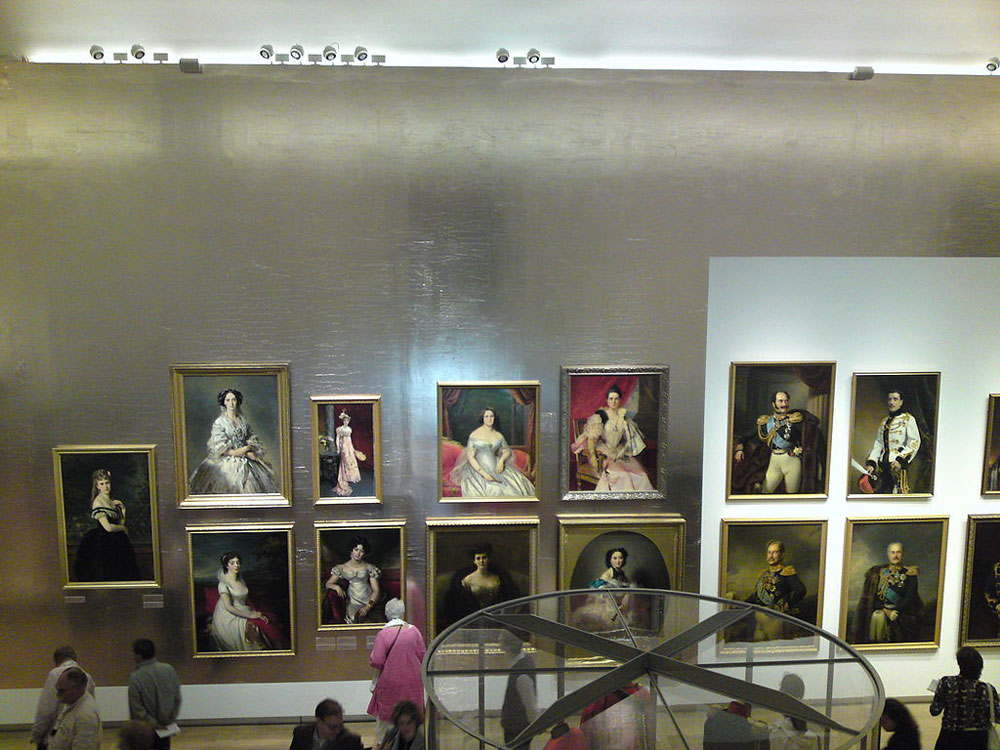
October 19, 2020; New York Times
As museums reopen across the United States, they may wish to note that those that have reopened across Europe are seeing a fraction of the visitors they had last year at this time. This is making them interrogate their business models in different ways.
Readers may recall the most popular of these museums had problems with crowd control issues not too long ago. Now, those crowds have shrunk by two-thirds on average. Some of this has to do with reductions in capacity to account for healthy distancing, but patrons are also less willing to put themselves at risk, which has led to a real earned-income cliff.
In Amsterdam, following a recent Code Red alert about the virus, the Rijksmuseum might see 800 visitors a day, compared to 10,000 last year. At the Hermitage Amsterdam museum, which was getting 1,100 visitors a day last year, only 300 show up, despite the fact that it could accommodate twice that. The Van Gogh is seeing 400 against last year’s 6,500. At the Louvre in Paris, the crowds are reduced by two-thirds from the 15,000 daily visits it received last year.
These museums will bear this impact differently; the New York Times says much depends upon each government and, in some cases, each museum. In Amsterdam, for instance, there is a mix of funding models: “While the Dutch national museum receives one-third of its financing from the government, the Hermitage, a private initiative, has no government subsidy, and relies on ticket sales for 70 percent of its budget.”
Sign up for our free newsletters
Subscribe to NPQ's newsletters to have our top stories delivered directly to your inbox.
By signing up, you agree to our privacy policy and terms of use, and to receive messages from NPQ and our partners.
Paul Mosterd, deputy director of the Hermitage Amsterdam, says its largely senior visitors naturally stay away in greater numbers because of the vulnerability factor. Museums dependent on international tourists are also feeling the pinch. The Rembrandt House is one of these, with 80 percent of its visitor base coming from outside the country. Lidewij de Koekkoek, the director, notes that losses this year will amount to half its overall budget, relieved somewhat by a special emergency subsidy from the Dutch government.
In Germany, Yilmaz Dziewior, the director of the Museum Ludwig in Cologne, has felt little financial distress because the subsidies there are generous as a matter of course.
“What the crisis also showed is how robust or healthy the German system is, in comparison with the US, for example,” he said. “We need the visitors, but they do not make up such a big part of our overall budget.”
Still, the Ludwig is rethinking its offerings to create more attraction for the quarter of their budget that is earned. Mosterd says the Hermitage Amsterdam is thinking about how to attract younger and less vulnerable visitors for the time being—however long that must last.—Ruth McCambridge












